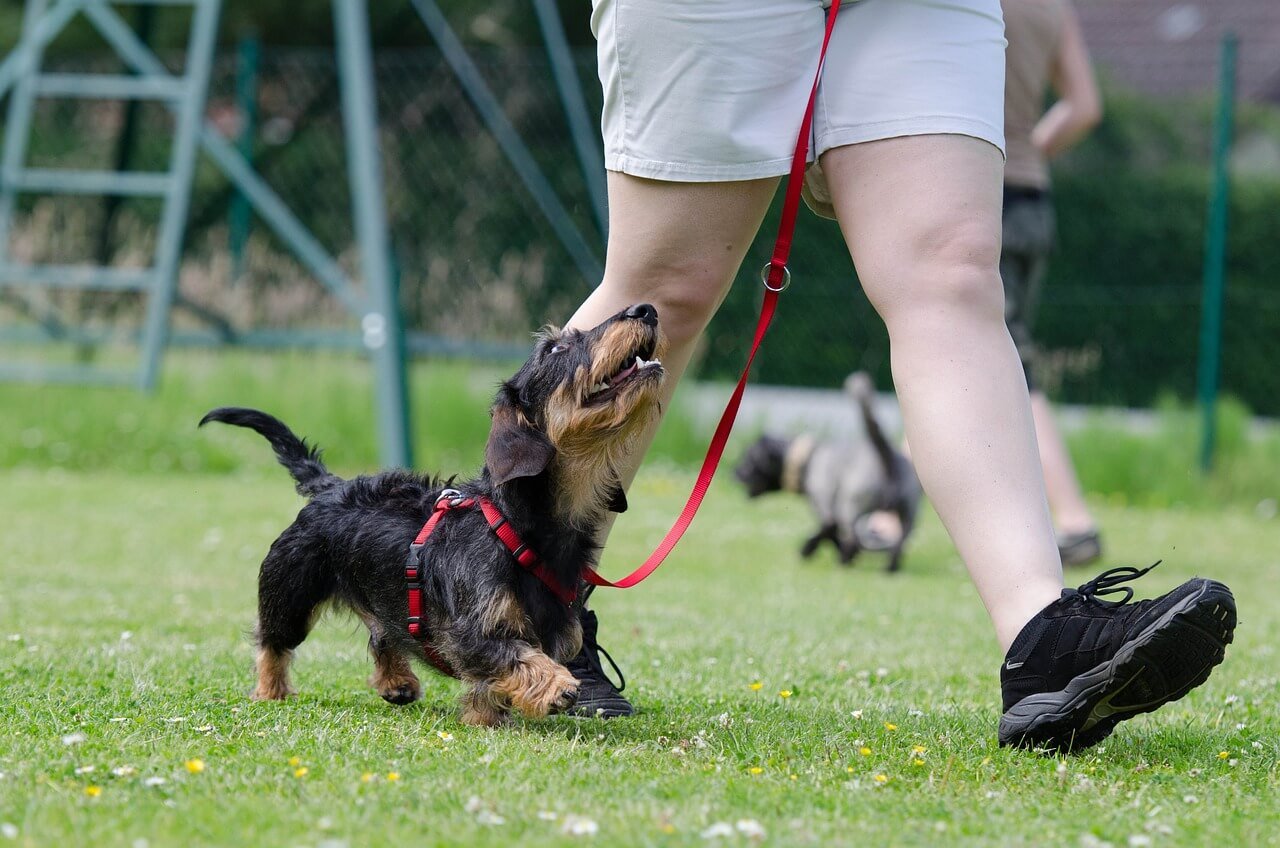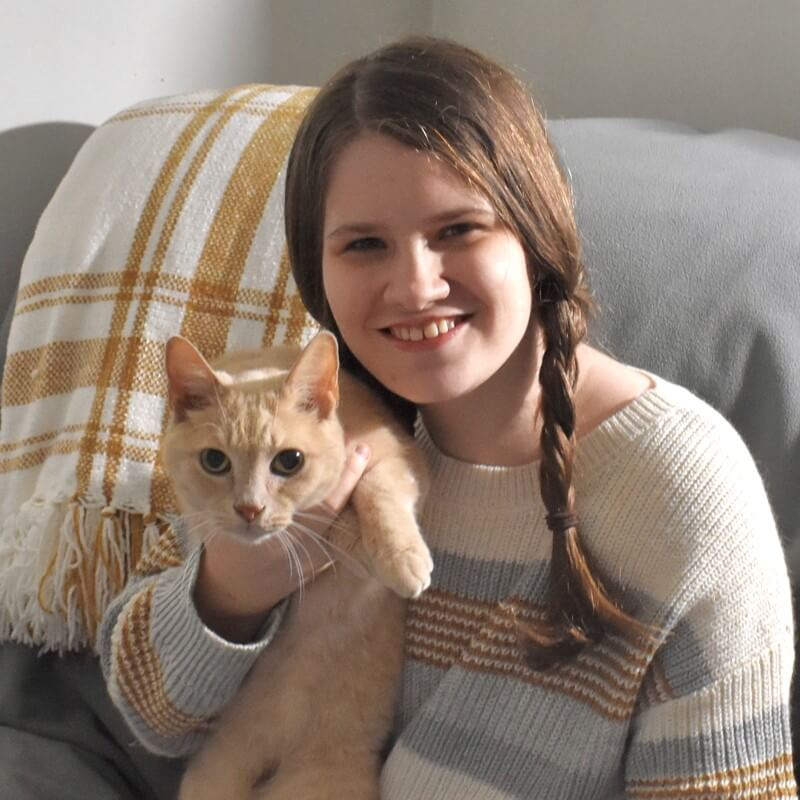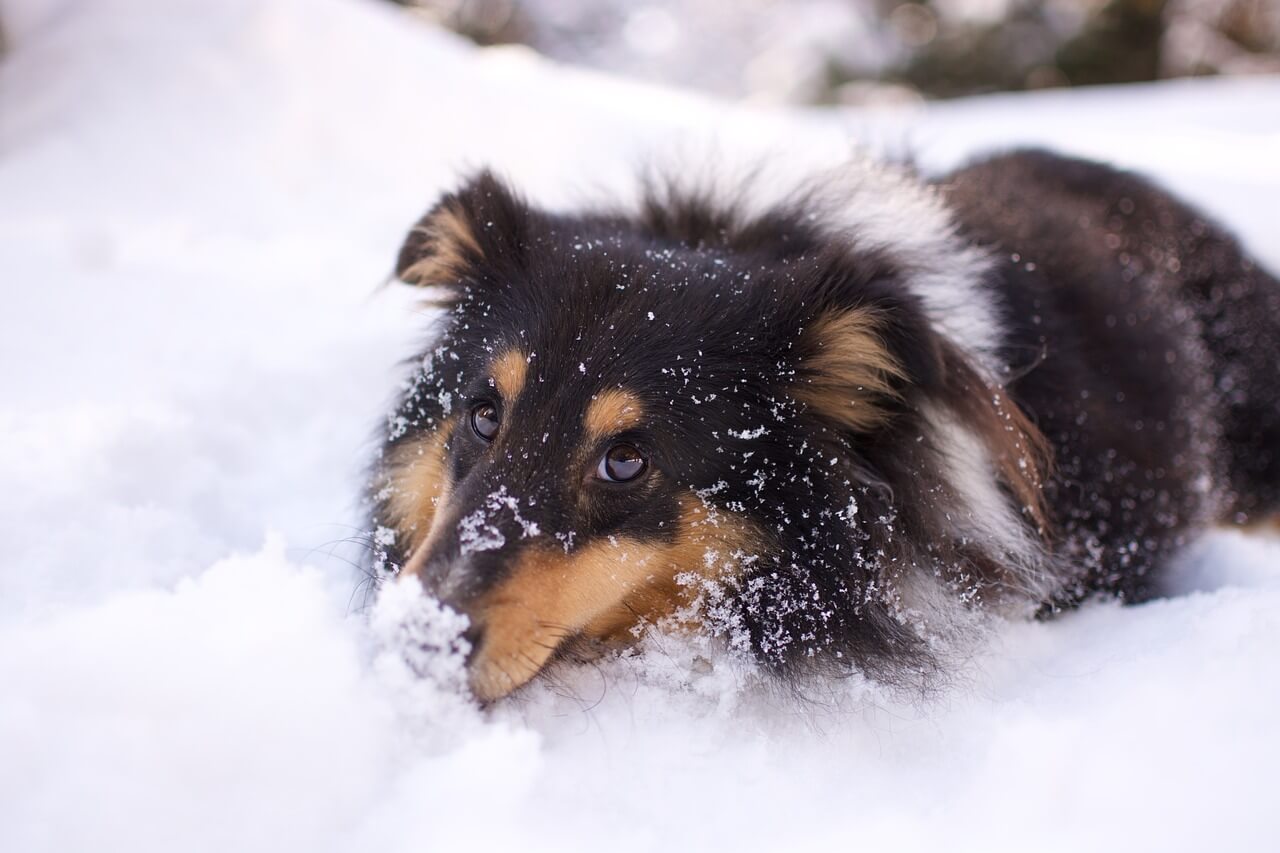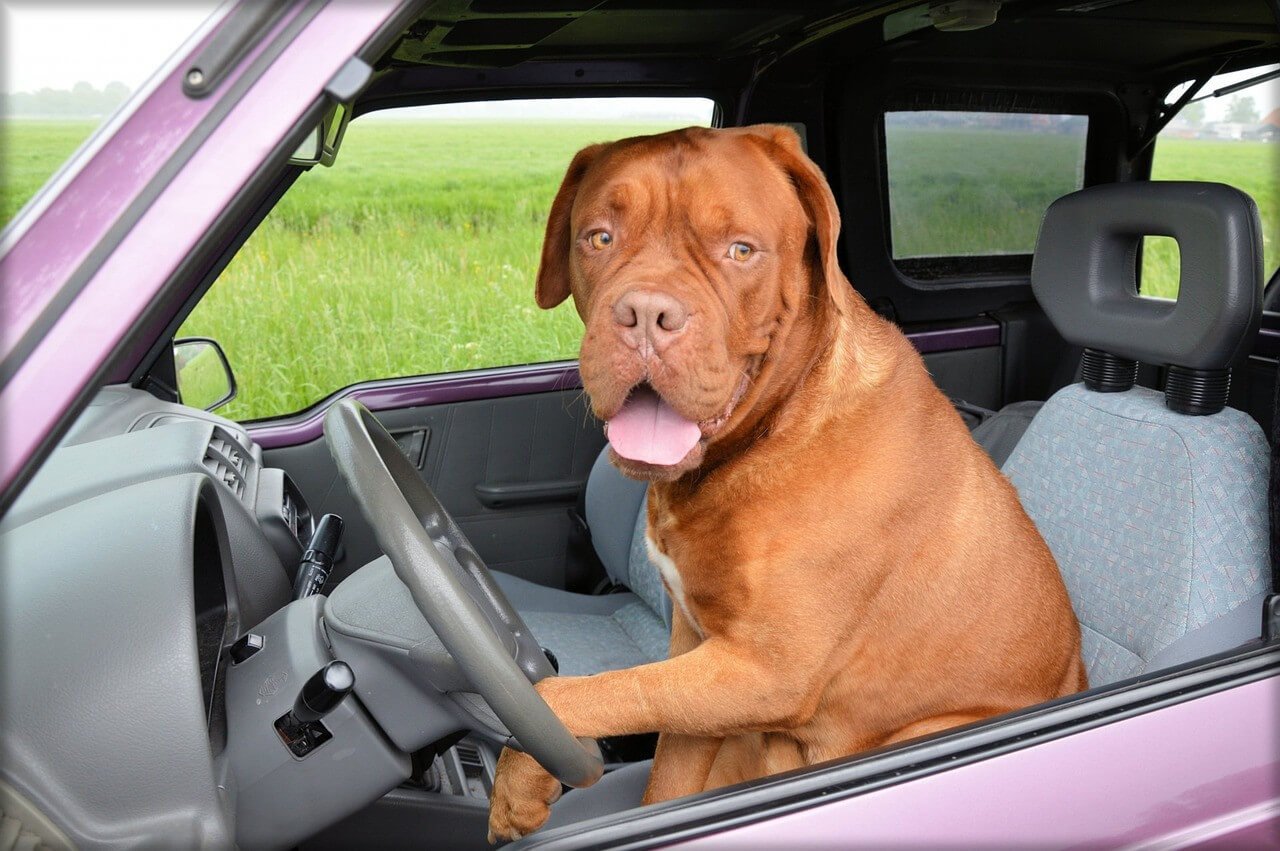Training your puppy at an early age is essential to helping them grow into confident, well-behaved adult dogs. The process should start as soon as you bring your new puppy home. But keep in mind, puppy training should be done in short, consistent training sessions, and expectations should be age-appropriate, especially for young puppies.
In this guide, we’ll cover when to begin training a puppy, how to establish a complete puppy training schedule, tips for potty training, and more to ensure your puppy grows into a well-mannered companion.
What is the Best Age to Start Training a Puppy?
When to begin training your puppy is a common question for new dog owners. The answer is simple: training starts as soon as you bring your puppy home. At this young age, most puppies are learning informally, absorbing important lessons from their environment, mother, and siblings.
However, once your puppy is home, it’s time to introduce structured training. Training your puppy at this young age helps them avoid developing bad habits later. This includes basic commands, leash training, crate training, and proper socialization.
Complete Puppy Training Schedule
A solid puppy training schedule is crucial to set your puppy up for success. Here’s a guide to what you should be teaching your puppy during their first months:
Week 8-12: Begin with name recognition, basic obedience commands like "sit," "stay," and "come." Keep the training sessions short and use plenty of positive reinforcement.
Week 12-16: This is a great time to start potty training. Your puppy is now old enough to start holding their bladder longer, but they’ll still need frequent potty breaks. Start a consistent potty training schedule and reward them immediately after going outside.
Week 16 and beyond: Introduce more advanced obedience training. Continue practicing basic cues while adding new commands like “leave it” and “drop it.” Start leash training in different environments to help your puppy adjust to various stimuli.
Remember, patience is key! Your puppy’s training should be consistent, and you should always end training sessions on a positive note.
Potty Training Tips for Your Puppy
Potty training can be one of the most challenging aspects of puppy ownership, but a consistent routine makes it easier. A common rule of thumb is that a puppy can hold their bladder for about one hour per month of age. Therefore, a 12-week-old puppy can hold it for about three hours.
Here’s a simple potty training schedule:
Take your puppy outside first thing in the morning, after meals, after playtime, and right before bed.
Watch for signs your puppy needs to go, like sniffing around or circling.
Stay outside with your puppy and wait until they go. Reward them with treats and praise immediately.
During the night, expect to wake up for a couple of potty breaks until your puppy is older.
Cues to Start With
There are so many things for your new puppy to learn that it can be overwhelming, even for us humans! Start with these:
- Your puppy’s name. Use it often, speaking to your dog gently. Try not to associate their name with punishment or scolding.
- Manners, such as not jumping up or biting people. Exercise pens, baby gates, and chew toys can help to manage or distract a young puppy until they’re old enough to know better.
Plush Lamb Squeaker Toy Dog Interactive Toy

$6.99 USD
$10.76 USD
Treat your friend to fun and coziness, with our Cute Sheep Squeaker Plush Toy. Suitable for dogs of any size this charming and huggable toy is crafted to entertain, engage and offer solace to your pet. Adorable Sheep: Carefully designed… read more
- Basic commands like "sit," "down," and "stay" are essential for all adult dogs, providing a solid foundation for more advanced training. Whether you're at home or using a dog car seat during travel, teaching these cues ensures your pet remains safe and well-behaved in any situation.
Dog Car Seat Bed - First Class

$63.99 USD
$119.99 USD
Keeping your dog safe Adjustable safety leashes & fixing seat belts Built-in safety buckle to combine with dog collar Use both at home & in the car Whether in the car or at home, it can give your dog peace of… read more
- Safety cues such as “leave it”and “drop it.” These will prevent your puppy from eating things they shouldn’t.
- Leash training. Get your puppy used to their harness and leash indoors, then slowly transition them to walking outside. Remember that puppies have short attention spans and lots of energy–don’t expect perfection!
Retractable Double-Handled Multifunctional Dog Walking Leash

$23.80 USD
$34.00 USD
If you're a pet owner craving both comfort and flexibility on your walks, the Retractable Double-Handled Multifunctional Dog Walking Leash is your go-to buddy for every outdoor adventure. No matter if it's a peaceful walk in the park or an… read more
As you progress in your puppy’s training, you can teach them many other activities including more complex tricks, dog sports, and swimming. Always make sure you aren’t overexerting your puppy, and avoid activities involving jumping until they’re fully grown–especially for large breeds since they’re prone to joint problems.
Socializing Your Puppy
When we think of socialization, we usually think of direct socializing such as greeting new people or playing with other dogs.
However, socialization is really the process of introducing your dog to all sorts of new experiences. This could mean entering a new environment or hearing a new sound.
Examples of socialization include:
- Learning to walk down the sidewalk without interacting with other people or dogs, and without barking or lunging on the leash.
- Accepting handling for grooming and veterinary tasks, such as brushing their teeth or checking inside their ears.
- Listening to the sound of fireworks at low volume on the TV to get used to the sound.
You don’t want to overstimulate your puppy, so be sure to take things at their pace. Some may need to go very slowly, while others will enjoy discovering new things often.
When taking your puppy out to socialize, be sure to keep them safe in the car with a dog car seat and a crash-tested seatbelt.
Dog Car Seat Bed - First Class

$63.99 USD
$119.99 USD
Keeping your dog safe Adjustable safety leashes & fixing seat belts Built-in safety buckle to combine with dog collar Use both at home & in the car Whether in the car or at home, it can give your dog peace of… read more
How to Potty Train Your Puppy
Once your puppy is around 12-16 weeks old, they can begin to understand potty training. However, it’s important to know that they can only hold their bladders for up to two to three hours at this age.
The general rule of thumb is that a puppy can hold their bladder for an hour per month of age, up to six hours at six months old. They should never be made to hold it for as long as possible, so you should be taking them out more often than they need to go.
For young puppies, this is a lot of work–and it doesn’t stop at night time! Here are some basic potty training guidelines:
- In addition to their regular trips, also take your puppy outside first thing in the morning, last thing before bed, and directly after eating, drinking, or playing.
- Stay outside until your puppy pees or poops, even if it takes a while. Standing in one spot can help prevent them from getting distracted.
- Reward your puppy heavily for peeing and pooping outside. Toss them treats, give lots of praise–basically, throw a party in their honor!
- Monitor your puppy closely indoors to learn the signs that they’re about to have an accident, and rush them outside when possible.
- Never punish your puppy for having accidents inside. Simply clean the mess thoroughly without saying anything.
Puppy Training Classes
Puppy training classes are helpful because you can get help from a professional trainer. However, it’s vital to find the right, force-free trainer for your dog–avoid those who use any kind of aversive methods or tools.
These classes also help to socialize your puppy by teaching them how to behave around distractions, including other dogs and people. You can also meet other dog guardians and potentially set up play dates!
If you and your dog enjoy puppy classes, most programs have more advanced classes you can take to learn even more. Or, you can continue training at home and create a plan individualized to you and your interests.
Conclusion
Early training is essential for new puppies and reduces their risk of developing behavioral problems later in life.
Keep your puppy’s developmental phase in mind, and make training a fun process that you both can enjoy! Frequent, short sessions are best at this age until your puppy can focus for longer periods.






